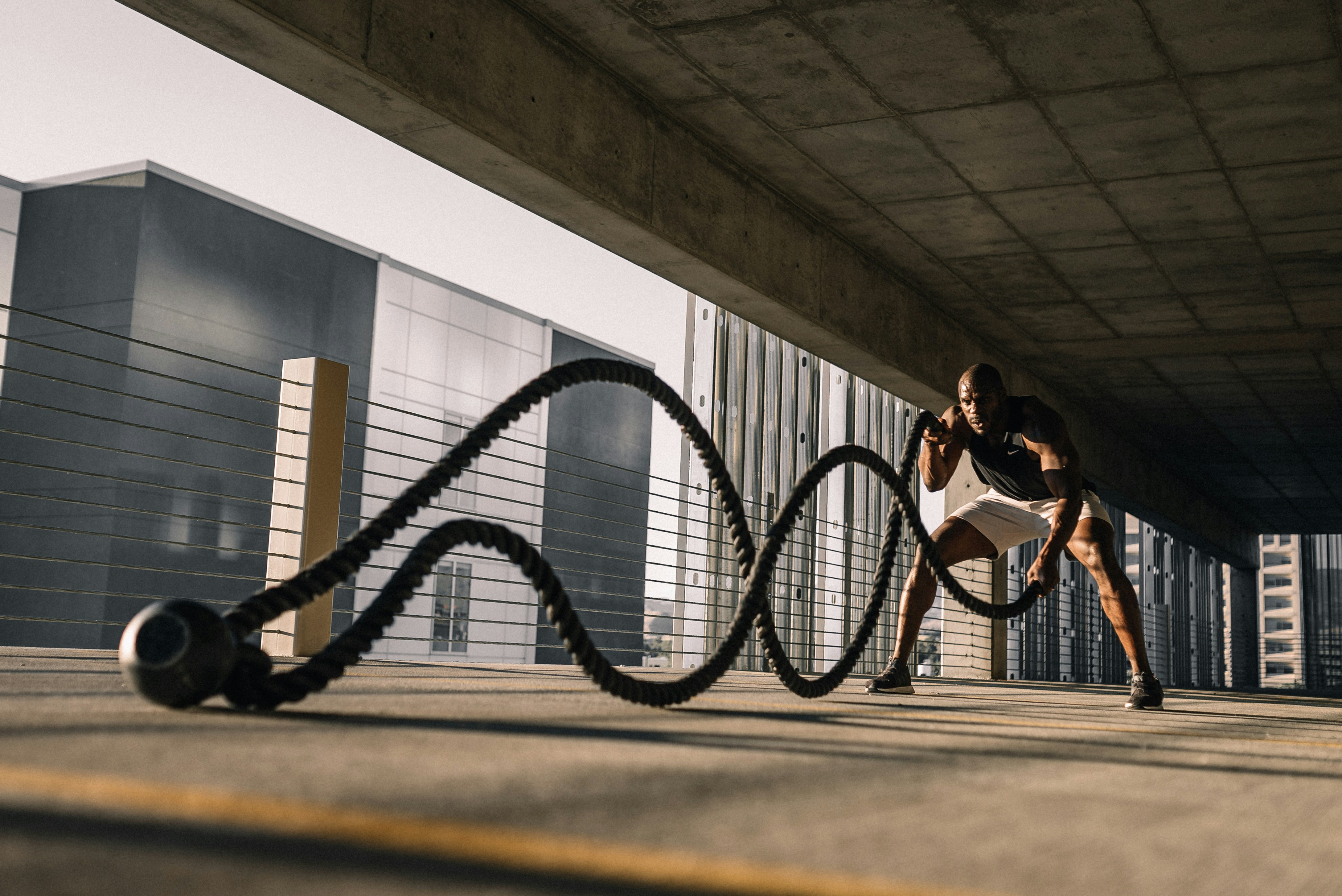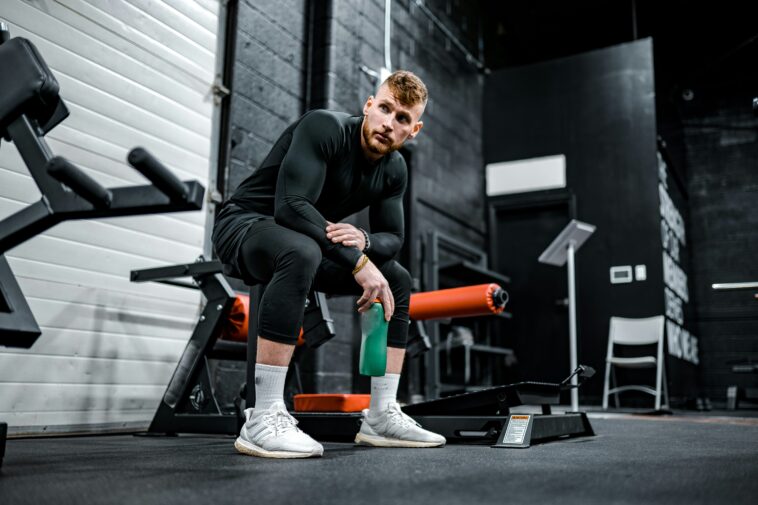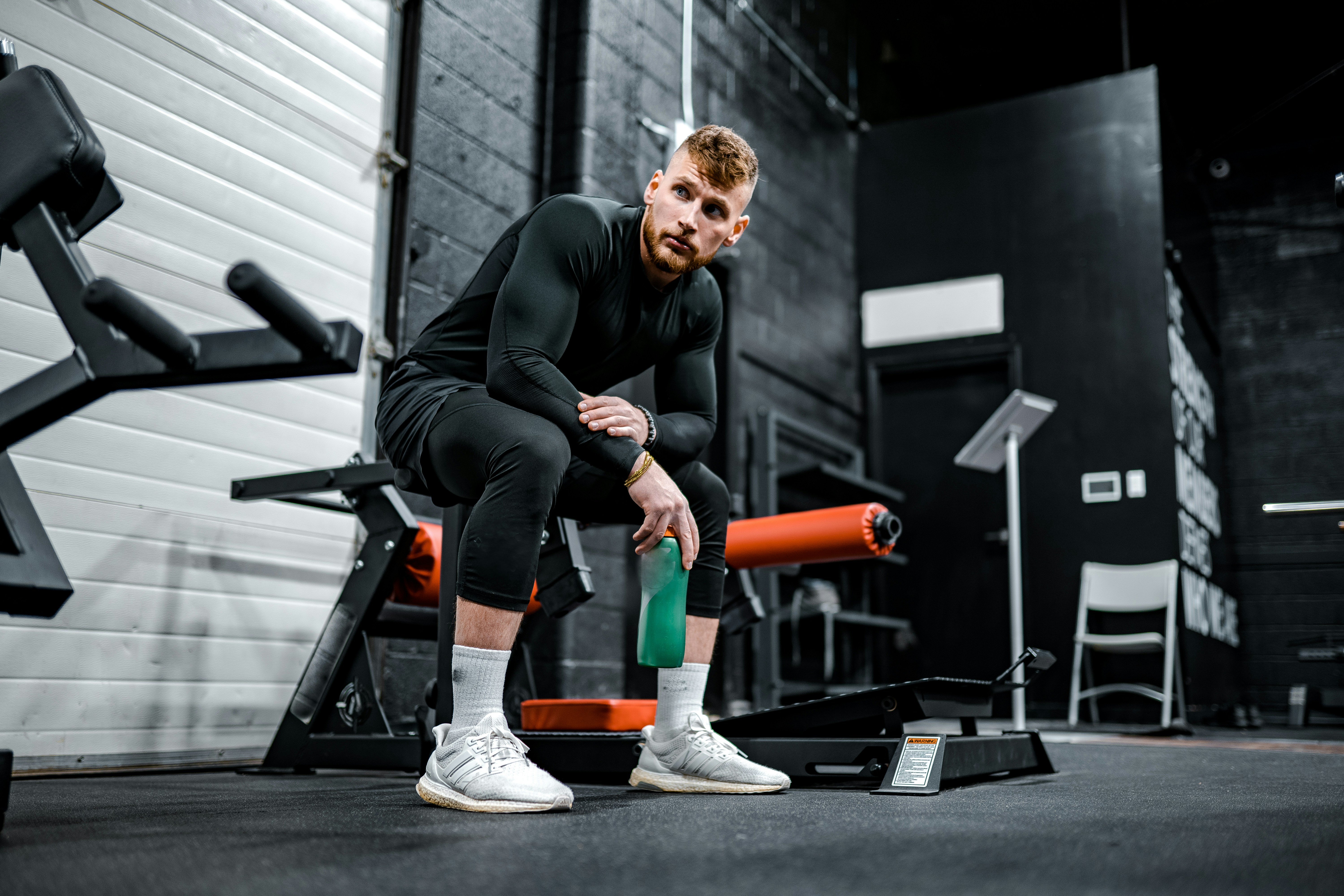Benefits of Physical Activity for Body and Mind

Physical activity is one of the most effective ways to maintain health, improve mood, and strengthen the body. It’s not just about exercise for the sake of fitness—it’s a lifestyle habit that positively impacts nearly every aspect of our lives. Whether it’s walking in the park, joining a gym, practicing yoga, or engaging in team sports, the benefits extend far beyond physical appearance. Regular physical activity supports long-term well-being, reduces the risk of chronic illness, and sharpens the mind, helping people live longer, healthier, and more fulfilling lives.
Adopting physical activity into daily routines does not have to be overwhelming. Even small steps, such as climbing stairs instead of taking the elevator or walking short distances instead of driving, can make a huge difference. Over time, these small adjustments become powerful habits that enhance both physical and mental health. In this article, we will explore the science-backed benefits of physical activity, practical ways to incorporate it into daily life, and how it serves as a cornerstone for overall wellness.
Why Physical Activity Matters
At its core, physical activity strengthens the body’s systems and fuels mental clarity. It increases circulation, improves heart function, and optimizes oxygen delivery throughout the body. More importantly, it reduces the risks associated with a sedentary lifestyle—conditions such as obesity, type 2 diabetes, high blood pressure, and cardiovascular disease. Studies show that people who maintain an active lifestyle live longer, healthier lives compared to those who avoid exercise.
On a mental level, physical activity acts as a natural stress reliever. It triggers the release of endorphins—often referred to as “feel-good” hormones—that elevate mood and fight anxiety. It also sharpens focus and memory by stimulating brain cell growth and improving neural connections. The result is a body that performs better physically and a mind that remains resilient in the face of daily challenges.
Physical Benefits of Regular Physical Activity
The physical benefits of staying active are vast and well-documented. Incorporating exercise into your routine not only transforms your body but also ensures it operates more efficiently. Here are some of the most significant physical benefits:
- Improved cardiovascular health: Activities like jogging, swimming, or cycling strengthen the heart and improve blood circulation.
- Better weight management: Regular exercise increases metabolism, helping burn calories and maintain a healthy body weight.
- Stronger muscles and bones: Resistance training and weight-bearing activities improve bone density and prevent osteoporosis.
- Boosted immune system: Physical activity enhances immune responses, making the body more resistant to illness.
- Increased flexibility and balance: Yoga, pilates, and stretching reduce stiffness and the risk of falls, especially as we age.
Mental and Emotional Benefits of Physical Activity
While physical improvements are visible, the mental benefits of physical activity are equally powerful. Many people find that consistent movement creates a mental shift that boosts self-confidence and emotional stability. Here’s how exercise positively impacts the mind:
- Stress reduction: Physical activity lowers cortisol levels, helping the body manage stress more effectively.
- Improved mood: Endorphin release during exercise reduces symptoms of depression and anxiety.
- Enhanced sleep: Active individuals often fall asleep faster and enjoy deeper, restorative rest.
- Sharper focus and memory: Aerobic activity improves brain function, supporting memory and decision-making skills.
- Boosted self-esteem: Achieving fitness goals creates a sense of accomplishment and confidence.
How to Incorporate Physical Activity into Daily Life
One of the biggest challenges for many people is finding time to exercise consistently. The good news is that physical activity doesn’t require hours at the gym. Here are practical ways to integrate movement into everyday routines:
- Take active breaks: Stand, stretch, or walk during work breaks to reduce long periods of sitting.
- Commute with movement: Walk or cycle short distances instead of driving.
- Schedule workouts like appointments: Adding exercise to your calendar increases consistency.
- Make chores active: Household tasks such as cleaning or gardening can double as light exercise.
- Use technology: Fitness apps and trackers provide motivation and accountability.
Types of Physical Activity for Different Goals
Not all exercise is the same, and each type of physical activity serves unique purposes. Choosing the right mix ensures balanced results:
- Aerobic exercises: Running, swimming, or cycling improve heart and lung function.
- Strength training: Weightlifting and resistance bands build muscle and protect bone health.
- Flexibility training: Yoga and stretching maintain joint health and improve posture.
- Balance exercises: Tai chi and pilates reduce the risk of falls and strengthen core muscles.
- Mind-body practices: Activities like yoga and meditation-in-motion combine physical benefits with relaxation.
Overcoming Barriers to Physical Activity
Even with the best intentions, staying active can be challenging. Common obstacles include lack of time, motivation, or resources. However, solutions exist for each barrier:
- No time? Break exercise into 10- or 15-minute sessions throughout the day.
- No equipment? Bodyweight exercises like push-ups, squats, and planks require no gear.
- No motivation? Partner up with a friend or join group classes for accountability.
- No space? Many workouts can be done in small areas with minimal movement.
Healthy Lifestyle Beyond Physical Activity
While exercise is crucial, a holistic approach to health also includes proper nutrition, hydration, rest, and mental balance. Combining these elements with physical activity maximizes results. Eating nutrient-dense foods supports recovery and energy levels, while adequate sleep ensures that both the body and mind can recharge. Mindfulness and stress management complement exercise by reducing emotional burdens and encouraging consistent healthy habits.
FAQ About Physical Activity
How much physical activity do adults need weekly?
Health organizations recommend at least 150 minutes of moderate-intensity or 75 minutes of vigorous activity each week, along with muscle-strengthening exercises twice weekly.
Can physical activity replace medication?
While exercise can reduce the need for certain medications by managing conditions like high blood pressure or diabetes, it should never replace medical advice. Always consult with a healthcare provider.
What is the best time of day to exercise?
The best time is the one that fits your schedule consistently. Some people prefer mornings for energy, while others perform better in the afternoon or evening.
Do I need a gym membership?
Not at all. Walking, jogging, or following online workout routines are effective ways to stay active without a gym.
Is physical activity safe for older adults?
Absolutely. In fact, staying act







GIPHY App Key not set. Please check settings